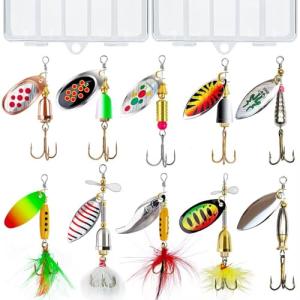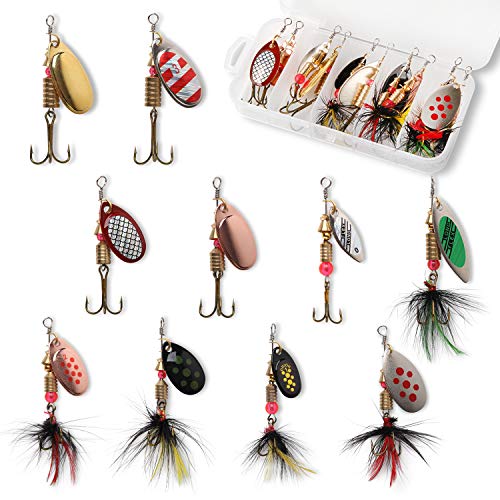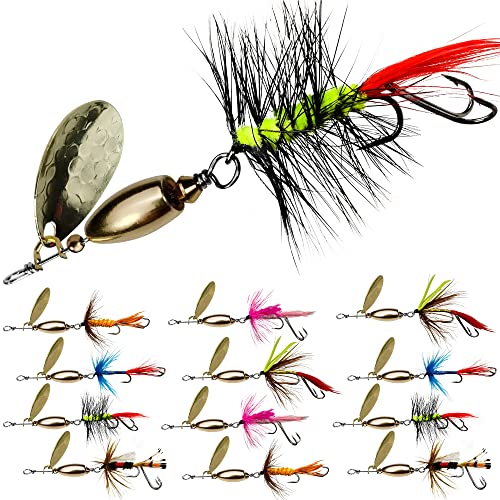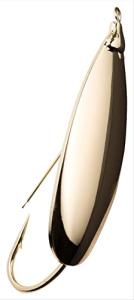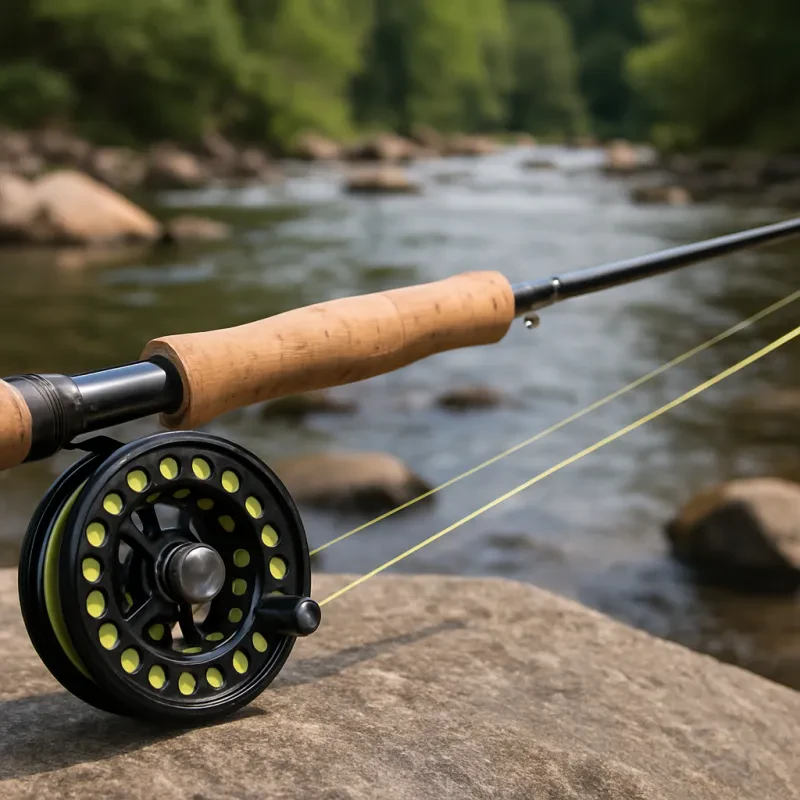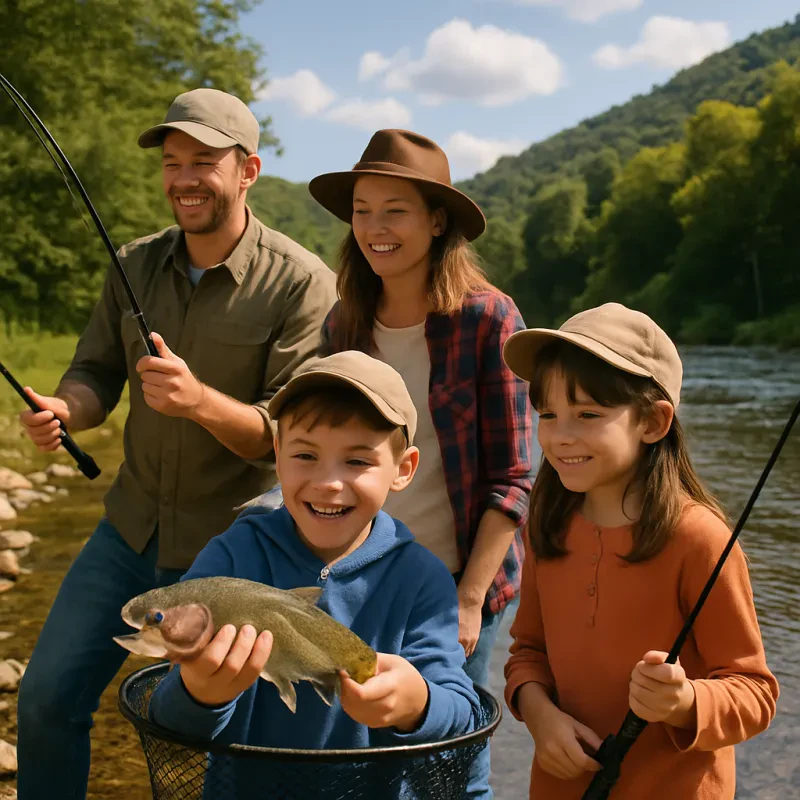Trout Stocking in West Virginia: History, Schedules, and Best Fishing Spots
Introduction to Trout Stocking in West Virginia
Trout stocking in West Virginia plays a crucial role in maintaining healthy fisheries, supporting angler opportunities, and preserving the state's aquatic ecosystems. The West Virginia Division of Natural Resources (WVDNR) manages the state's trout stocking program, releasing thousands of fish into rivers, streams, and lakes each year. This program ensures anglers have access to well-stocked waters throughout the state, improving fishing experiences for residents and visitors alike.
In this guide, we’ll explore the history of trout stocking in West Virginia, the stocking schedule, hatchery operations, and the best places to fish for stocked trout.
History of Trout Stocking in West Virginia
Early Trout Stocking Efforts
Trout stocking in West Virginia dates back to the late 19th century. As natural fish populations declined due to habitat destruction, pollution, and overfishing, state conservationists saw the need for a regulated fish stocking program. Initial efforts were small-scale, but as demand for recreational fishing increased, larger hatchery operations were developed in the mid-20th century.
The Creation of the Golden Rainbow Trout
One of the most significant milestones in the history of trout stocking in West Virginia was the development of the golden rainbow trout. In 1955, a single rainbow trout with a bright golden hue was discovered at a private hatchery. Recognizing its unique appeal, West Virginia biologists selectively bred this fish, eventually introducing it to public waters in 1963 during the state's centennial celebration. Today, West Virginia’s "Gold Rush" trout stocking event highlights the popularity of this unique fish.
West Virginia’s Hatchery Operations
The WVDNR operates seven cold-water fish hatcheries dedicated to raising trout for stocking in public waters. These hatcheries play a critical role in ensuring a steady supply of healthy trout for anglers.
Cold-Water Hatcheries
- Bowden Fish Hatchery – Produces rainbow, golden rainbow, brook, brown, and tiger trout.
- Edray Fish Hatchery – Focuses on raising brook and rainbow trout.
- Petersburg Fish Hatchery – Specializes in rainbow and golden rainbow trout.
- Reeds Creek Fish Hatchery – Produces rainbow and brook trout.
- Ridge Fish Hatchery – Dedicated to rearing brook and brown trout.
- Spring Run Fish Hatchery – Primarily raises brook trout.
- Tate Lohr Fish Hatchery – Produces rainbow and golden rainbow trout.
Each of these hatcheries is strategically located to support statewide stocking efforts. The WVDNR also manages two warm-water hatcheries, which focus on species such as bass, walleye, and catfish.
Trout Species Stocked in West Virginia
West Virginia stocks a variety of trout species, ensuring diverse fishing experiences.
- Rainbow Trout (Oncorhynchus mykiss) – The most commonly stocked trout, known for its adaptability and aggressive strikes.
- Golden Rainbow Trout – A unique, golden-colored variant of the rainbow trout, exclusive to West Virginia.
- Brook Trout (Salvelinus fontinalis) – The only native trout species in West Virginia, primarily stocked in cold mountain streams.
- Brown Trout (Salmo trutta) – An introduced species known for its wariness and ability to thrive in varied water conditions.
- Tiger Trout – A hybrid of brook and brown trout, known for its aggressive feeding behavior and striking pattern.
Trout Stocking Schedules and Seasons
The WVDNR carefully plans stocking schedules to maximize fishing opportunities while ensuring sustainable trout populations.
Annual Stocking Periods
-
Spring Trout Stocking (January–May)
- The largest stocking period, occurring weekly or biweekly in designated waters.
- Coincides with peak fishing season.
- More than 800,000 trout are stocked annually during this period.
-
Fall Trout Stocking (October)
- Enhances fishing opportunities during cooler months.
- Aims to sustain fisheries for winter fishing.
-
Winter Trout Stocking (December–February)
- Provides additional trout fishing opportunities for anglers during colder months.
- Stocking is done in select lakes and streams that remain accessible.
-
Gold Rush Stocking (March-April)
- Features the release of 50,000 golden rainbow trout.
- Anglers have the opportunity to catch one of West Virginia’s most famous trout species.
The WVDNR posts weekly trout stocking updates on their website, ensuring anglers have the latest information on when and where trout are released.
Best Places to Fish for Stocked Trout in West Virginia
West Virginia offers hundreds of stocked streams and lakes, providing diverse fishing opportunities. Some of the top locations include:
Top Trout-Stocked Streams
- Shavers Fork of the Cheat River – One of the most heavily stocked rivers, featuring scenic landscapes and abundant trout.
- Cranberry River – A remote, pristine river known for exceptional trout fishing.
- South Branch of the Potomac River – Offers excellent access and consistent trout stocking.
- Elk River – Known for its high-quality water and great fishing spots.
Best Trout-Stocked Lakes
- Spruce Knob Lake – A deep, cold lake perfect for rainbow and brook trout.
- Stonewall Jackson Lake – Offers year-round trout fishing in a beautiful setting.
- Summersville Lake Tailwaters – Provides excellent opportunities for catching stocked trout.
Anglers should check the West Virginia trout stocking report to see the most up-to-date stocking locations.
Fishing Regulations and Licensing
West Virginia Fishing License Requirements
Anglers over 15 years old must have a valid West Virginia fishing license to fish in stocked waters. Licenses can be purchased online through the WVDNR website or from authorized retailers.
Special Trout Stamps
For trout fishing, a trout stamp is required in addition to a fishing license. This stamp helps fund hatchery operations and stocking programs.
Catch Limits and Size Restrictions
- The daily creel limit for trout is six fish per day in most waters.
- Some streams have special regulations, such as catch-and-release or artificial lures only.
Anglers should consult the latest fishing regulations to ensure compliance with size and creel limits.
Conclusion: Why West Virginia is a Top Destination for Trout Fishing
West Virginia’s trout stocking program is a vital part of the state’s commitment to conservation and recreational fishing. By releasing hundreds of thousands of trout annually, the WVDNR supports healthy fisheries and thriving angling communities. Whether you’re fishing a stocked mountain stream or a serene lake, West Virginia offers some of the best trout fishing experiences in the country.

